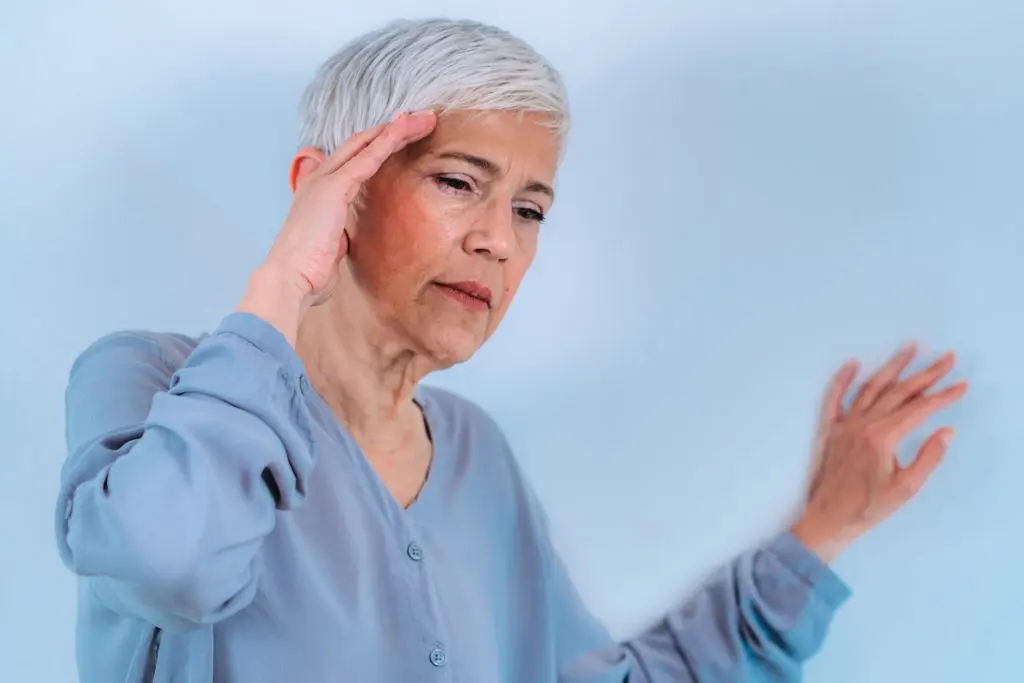
Have you ever experienced feeling lightheaded or your vision becoming blurry after you get up from bed? Those few seconds where you feel uneasy or that you might just faint. Sometimes you might get up too fast and it could cause this to happen. It might also be an indication of something else though.
Orthostatic hypotension, also referred to as Postural hypotension, happens when your blood pressure drops when you stand up from sitting or lying down. As a result, you might feel dizzy, lightheaded, weak, confused, and possibly even faint. The episodes are short-lived and only last for less than a few minutes. The causes may not be due to underlying diseases if it happens occasionally. Sometimes, dehydration and side effects of your medication may be the cause. Orthostatic hypotension becomes more common in those 65 years and older.
Almost anyone can have this happen to them, however, having these conditions can increase your risk:
- Anemia
- Endocrine problems, including diabetes or thyroid disease
- Heart Conditions such as arrhythmias
- Neurological problems such as Parkinson’s or dementia
- Medications for high blood pressure, heart disease, or depression
So what’s the problem? Well, you can potentially hurt yourself. Orthostatic hypotension is one of the main reasons for falls in older adults. According to the American Heart Association, for the 5% to 30% of people over 65, they associated their falls with the drop in blood pressure. Those who have frequent episodes are more at risk of bone fractures or a concussion. Other health risks involved are shock or organ failure (if your blood pressure stays too low), stroke, and heart disease.
Some tips to prevent orthostatic hypotension are:
- Keeping your temperature moderate (by avoiding very hot baths/showers)
- Staying hydrated
- Sleeping with your head elevated
- Preparing yourself before you get up
- Moving your muscles (ex. march your feet)
- Supporting your blood pressure (wear compression socks)
If you feel any of the symptoms of orthostatic hypotension, make sure you stop what you’re doing and try to sit down as soon as it is safe to do so, so that you don’t injure yourself. Try to drink some water as it will usually bring up your blood pressure within 15 minutes. If you are still in bed, try to lay back down and wait a few minutes before you try getting back up safely. Make sure that you move safely and take your time when changing positions. Get to know your symptoms and make note of what triggers the onset of these episodes.
WellPath Partners is your senior resource referral guide. Follow us on ALL social media platforms and join us weekly for more content and public health discussions.
By Brenda Carranza
Senior Care Advising Intern at WellPath Partners
Health Science, Community Health Education Student at California State University, Long Beach
